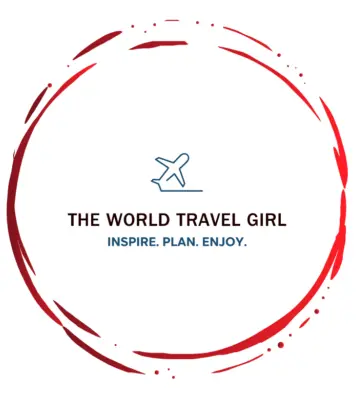South Africa vs Tanzania Safari: Which Country Is Better?
Is experiencing a safari and the dream of witnessing wildlife up close, one of your bucket list things to do? If so, then you’ve likely contemplated the ultimate question: “Which is the best country for safari?” Among the choices, the debate is probably narrowed down to a South Africa vs Tanzania Safari.
The planning of an African safari is no small task, often requiring many months to ensure the expedition meets your wildest dreams. When comparing the safari adventures in Tanzania vs South Africa, both destinations present unparalleled encounters with Africa’s majestic wildlife.
Disclaimer: This post may include affiliate links. If you click one of them, I may receive a small commission at no extra cost to you.
don’t have time to read the full article? click here to jump to my opinion.
I have been on safaris in both countries and this guide is to provide you with enough information so that you can decide what you want your experience to be. If you’re torn between Tanzania or South Africa,
I’m here to provide you my insight into both locations so you can select the perfect location for you. In both countries, I was on guided safaris, and in South Africa I was specifically in Klaserie Private Game Reserve.
Before I get into the differences between each location, let me provide a breakdown of each country. Embarking on a South Africa vs Tanzania safari can provide different sceneries, climates, and wildlife sightings.
Why Visit Tanzania
Tanzania, situated in East Africa, boasts breathtaking natural wonders and wildlife that can be found in many of the national parks in Tanzania. With diverse ecosystems encompassing savannahs, forests, and lakes, Tanzania offers opportunities for wildlife viewing, including encounters with iconic species like lions, elephants, and giraffes.
One of the main reasons people visit Tanzania is for the wildlife encounters, but there are also opportunities to visit Mount Kilimanjaro National Park, or the island and beaches of Zanzibar, situated on the Indian Ocean.
Serengeti National Park
The Serengeti National Park spans approximately 30,000 square kilometers and is renowned for its vast savannahs and diverse wildlife, including the annual Great Migration of millions of wildebeests and zebras.
Visitors flock to the Serengeti to witness this remarkable spectacle of nature and to explore its rich biodiversity, which includes the most iconic species of wildlife like elephants, lions, cheetahs, giraffes and hyenas, making it a premier destination.
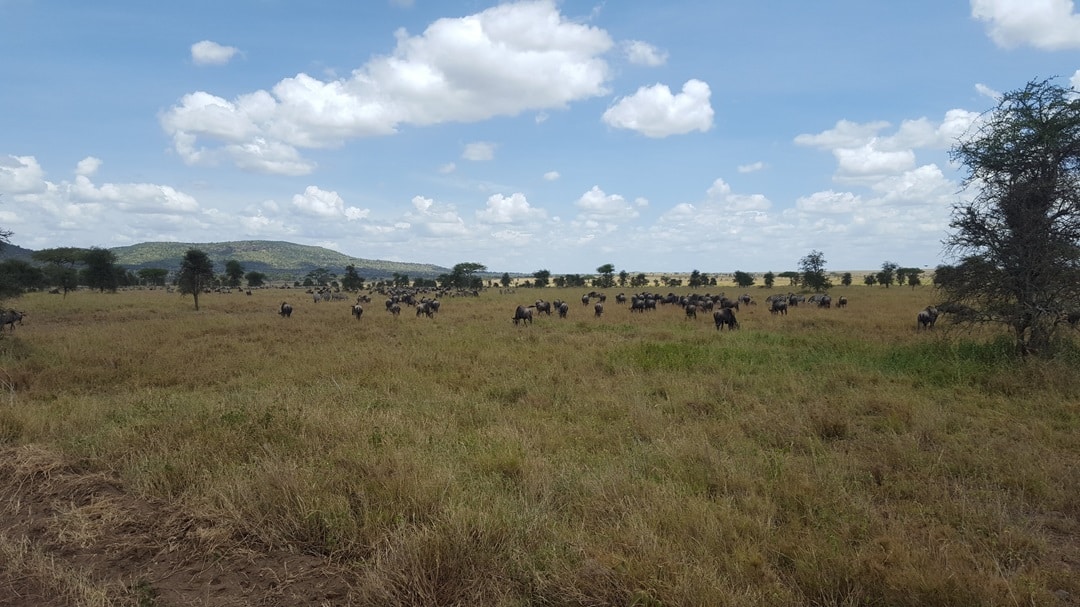
Ngorongoro Conservation Area
The Ngorongoro Crater is the world’s largest intact volcanic caldera, covering approximately 260 square kilometers and reaching depths of over 600 meters. People are drawn to this natural wonder for its stunning landscape and abundant wildlife amidst the crater’s lush plains and dense forests.
Additionally, the crater is home to a high concentration of predators, including lions and cheetahs, making it a prime location for observing the dynamics of predator-prey interactions.
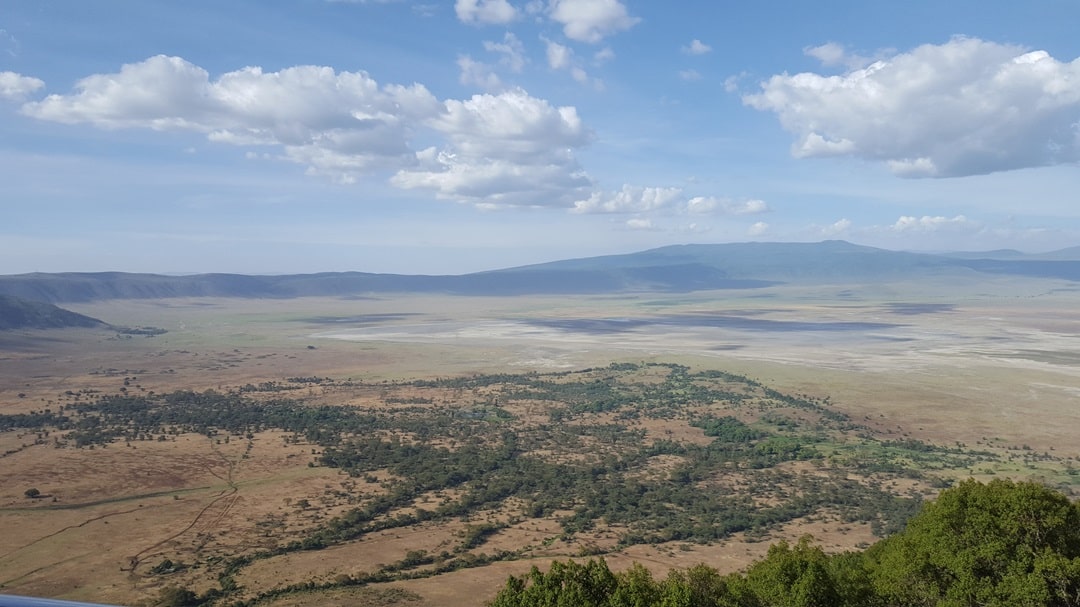
Lake Manyara National Park
Lake Manyara National Park spans approximately 330 square kilometers and is renowned for its diverse ecosystems, including an alkaline lake, forests, and grassy plains. Bird enthusiasts flock to the park to witness over 400 species of birds found here, including flamingos, pelicans, and storks, making it a premier destination for birdwatching in East Africa. Additionally, the park is home to a variety of other wildlife, such as elephants, giraffes, and hippos, adding to the allure of this picturesque natural reserve.
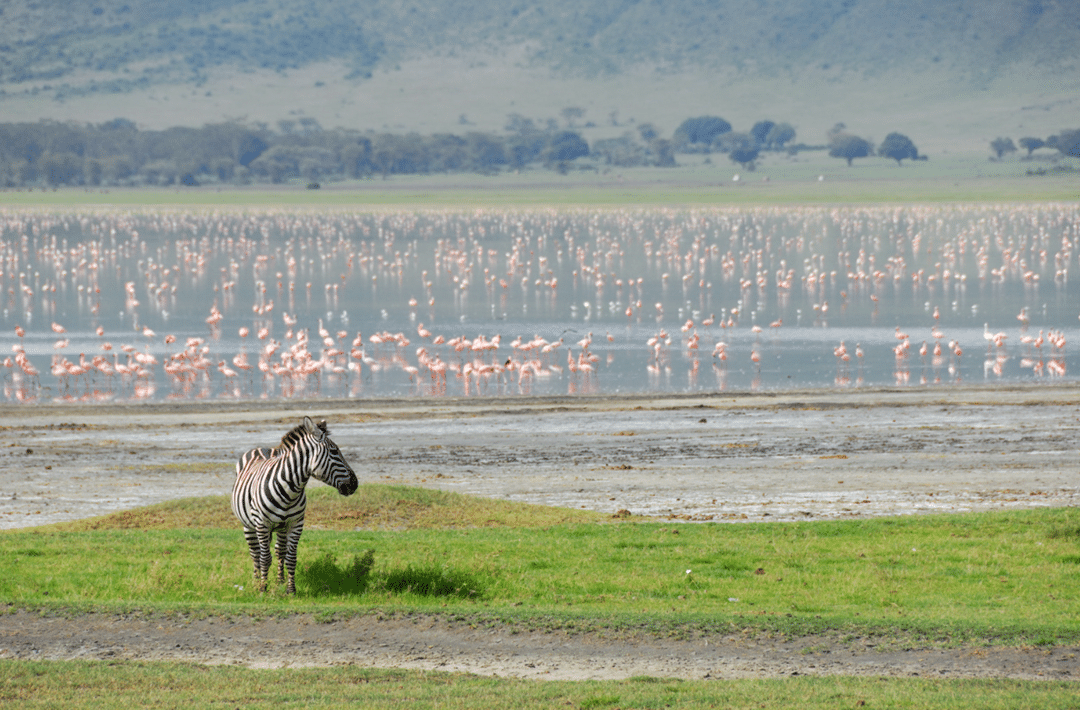
Nyerere National Park (Selous Game Reserve)
Located in southern Tanzania, the Selous Game Reserve, now known as Nyerere National Park, is one of the largest protected areas in Africa, covering approximately 50,000 square kilometers. Visitors are drawn to Selous for its diverse wildlife, including one of the largest populations of wild dogs in Africa, as well as abundant birdlife.
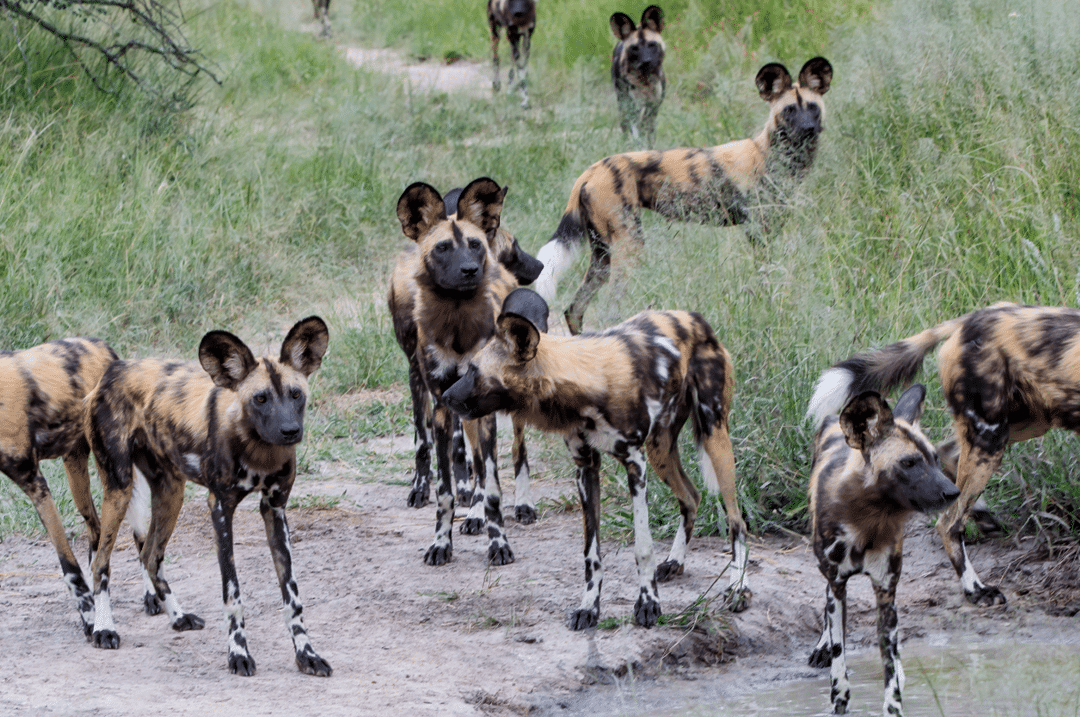
If you have already decided that you want to go to Tanzania, then look no further! I also have a great offer for you!
I am partnered with CloudSafaris and you can get a discount with your booking. Visit Cloud Safari Trips page.
Enter the referral code: THEWORLDTRAVELGIRL to receive $100 off your booking
NOTE: You will not be charged right away when booking a safari online. They will be in touch to review details and plans before anything gets confirmed.
Why Visit South Africa
South Africa offers world-class game reserves like Kruger National Park. From the majestic savannahs of Klaserie Private Nature Reserve to Sabi Sands Nature Reserve, visitors can spot the “Big Five” (lion, leopard, elephant, buffalo, and rhinoceros) in their natural habitat.
Additionally, the country’s Garden Route, stretching along the southeastern coast, showcases stunning coastal scenery, lush forests, and diverse wildlife, including the Addo Elephant National Park and the possibility of seeing meerkats in Little Karoo, making it a must-visit destination for nature lovers and adventurers alike.
Kruger National Park
Kruger National Park, located in northeastern South Africa, spans over 19,485 square kilometers, making it one of Africa’s largest game reserves. Visitors are drawn to its diverse wildlife, including the Big Five, with options for guided tours or self-drive safaris, with driving routes available if you are adding a safari onto a visit to Johannesburg.
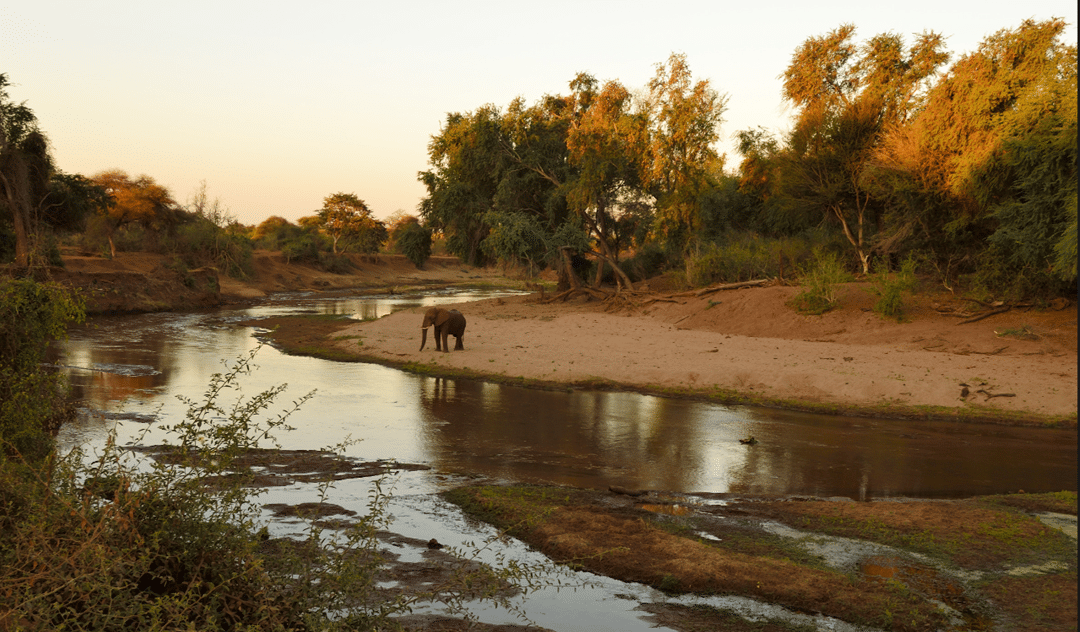
Klaserie Private Game Reserve
Klaserie Private Game Reserve, part of the Greater Kruger National Park, covers approximately 60,000 hectares.. It offers exclusive safari experiences with easier access than some other parts of Kruger, attracting visitors for its uncrowded wildlife viewings, in a more secluded and intimate setting. This was the Reserve that I was in, when I went on a South African Safari.
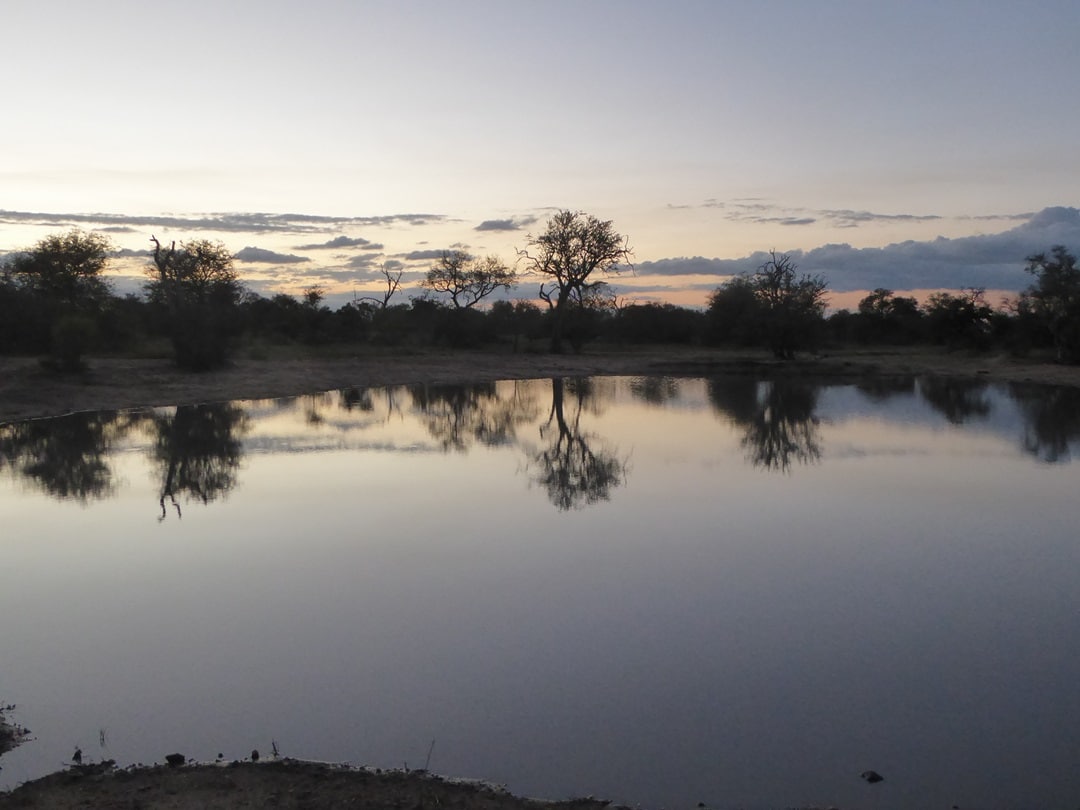
Addo Elephant National Park
Addo Elephant National Park, located near Port Elizabeth in South Africa’s Eastern Cape Province, spans around 1,640 square kilometers. It is best known for being one of the country’s premier destinations to see elephants up close, with a sanctuary for over 600 elephants, along with various other wildlife species.
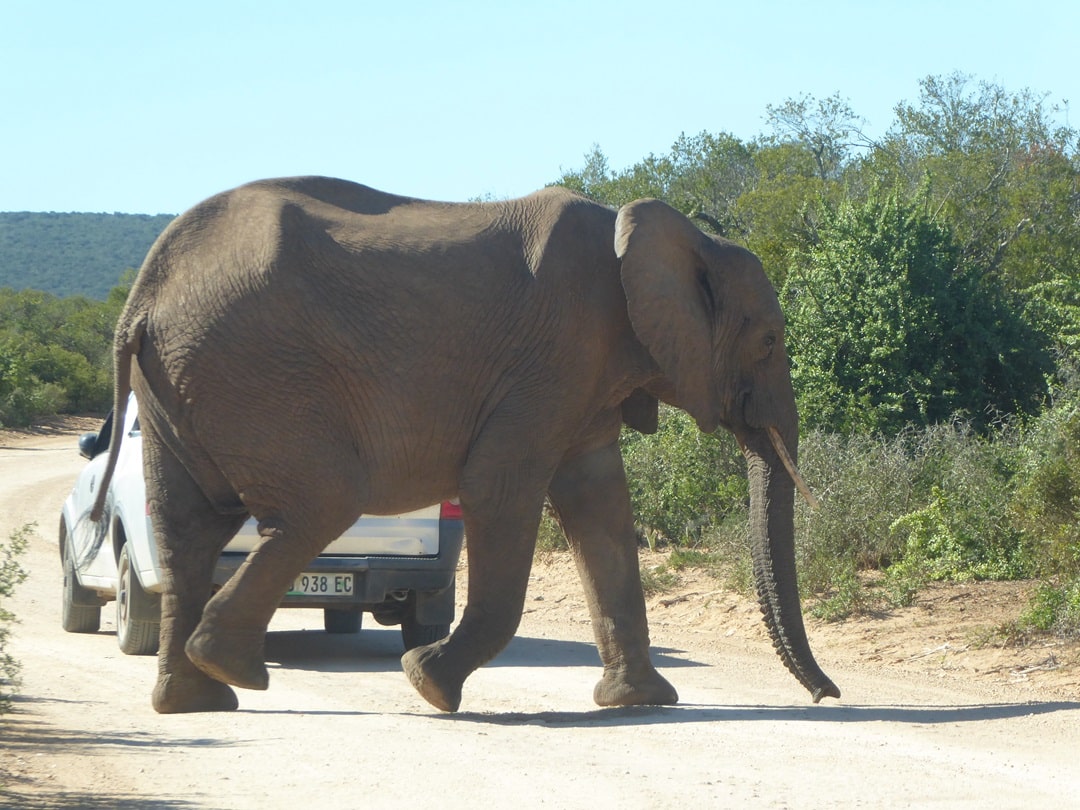
Self Drive or Guided Safari?
Self-driving through national parks and game reserves allow for greater autonomy and flexibility, but require extensive planning, navigation skills, and awareness of safety concerns, particularly in remote areas where assistance may be limited.
Taking a guided safari tour in South Africa or Tanzania offers the advantage of expert guidance, ensuring safety, and a deeper understanding of the wildlife, birds and everything around you. Additionally, guided tours often provide access to exclusive areas and knowledgeable local guides who can enhance the overall experience.
However, some drawbacks include the higher cost associated with guided tours and sometimes limited flexibility in itinerary and schedules.
I personally believe that a guided safari tour in either country is the way to go. I can assist in planning a trip tailored to your preferences and requirements.
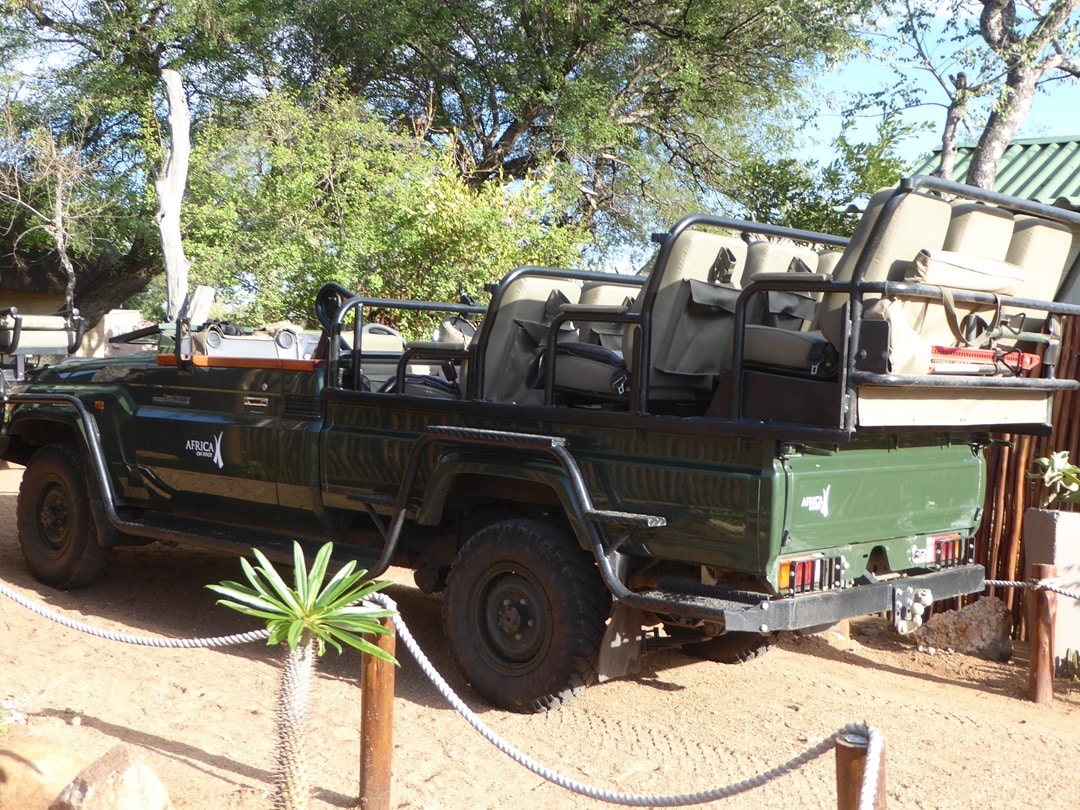
Availability of Finding Wildlife & Birds
Wildlife abundance is a crucial factor in the Tanzania vs South Africa safari debate. In my opinion, there are benefits to both.
Tanzania boasts incredible wildlife density especially in the Serengeti and Ngorongoro Crater. Your opportunity to see the Big Five in their natural habitat is doable within a single day’s safari in the Serengeti.
Venturing to Selous Game Reserve in the South, provides a possibility to find African wild dogs, if that’s a goal of your trip, like it was for me.
Depending on when you visit Tanzania, the Great Migration, unique to East Africa, showcases millions of wildebeest and other herbivores in their circular journey across the Serengeti and into Kenya and back. This highlights the biggest difference between a South Africa vs Tanzania safari.
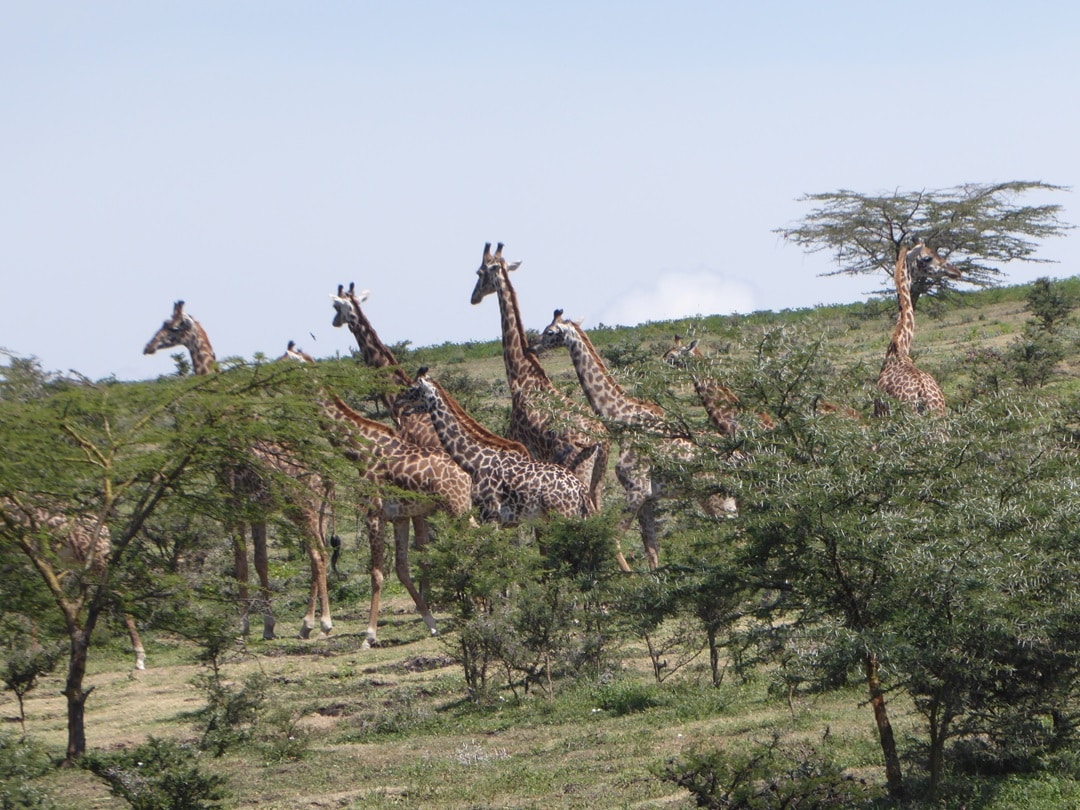
In South Africa, the wildlife is less dense compared to Tanzania, but this allows visitors the opportunity to observe animals in a less crowded setting, often making it easier to spend more time at sightings without the pressure of moving on quickly for other groups. There is also a wider variety of habitats to explore.
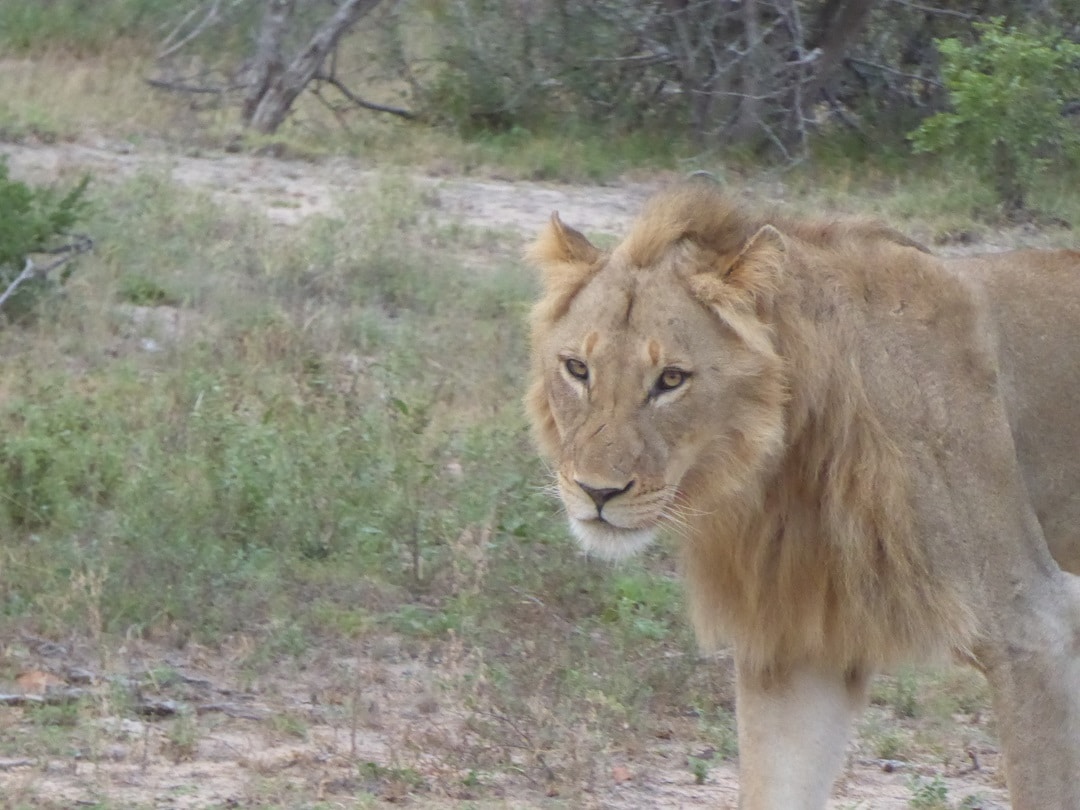
What To Expect On A Safari
I had two different experiences on my days on safari. In South Africa, my day was broken up into an early morning game drive and a late afternoon game drive with the time in between as your own free time to experience the amenities of your safari lodge in South Africa. If you are also at a smaller lodge, then they will often take you on sporadic drives. My guide came knocking at my door at 9pm advising of lions close by, so the guests loaded up into the jeep and headed out to hear the amazing calls.
My safari days in Tanzania was a different experience with days of full day game drives – so you spent most of your time out finding wildlife. It definitely made the best use of your time, though you didn’t get much time to relax at the lodge. There are some lodges that do break up your days, like I experienced in South Africa, however it seemed to be the norm to be out all day exploring.
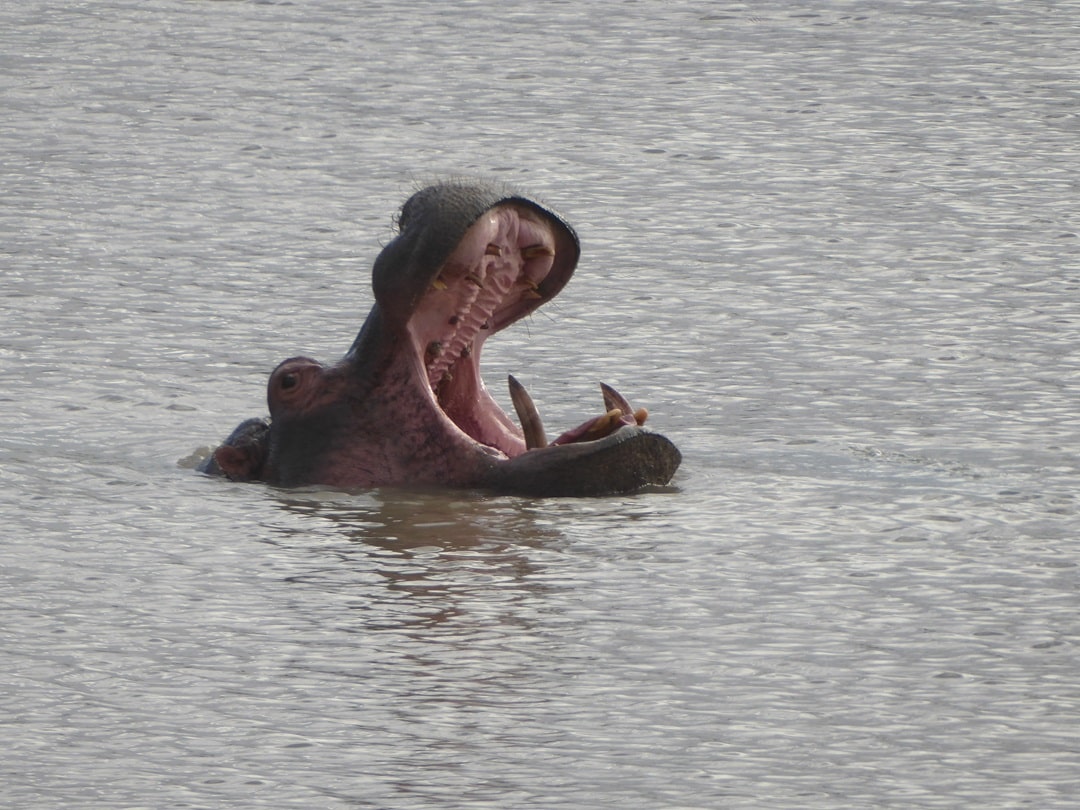
Accommodations
Accommodation options in Tanzania and South Africa range from luxury lodges to intimate tented camps, catering to every traveler’s preferences. Whether you choose one of Tanzania’s exclusive safari lodges or tented camps, or South Africa’s boutique bush camps or luxury lodges, you’ll enjoy unparalleled comfort and hospitality. With guided tours available in both destinations, every aspect of your stay is carefully curated for an unforgettable experience.
I had amazing experiences in all the places I stayed in both countries, including beautiful settings, comfortable rooms, amazing food and the call of wild animals after dark.
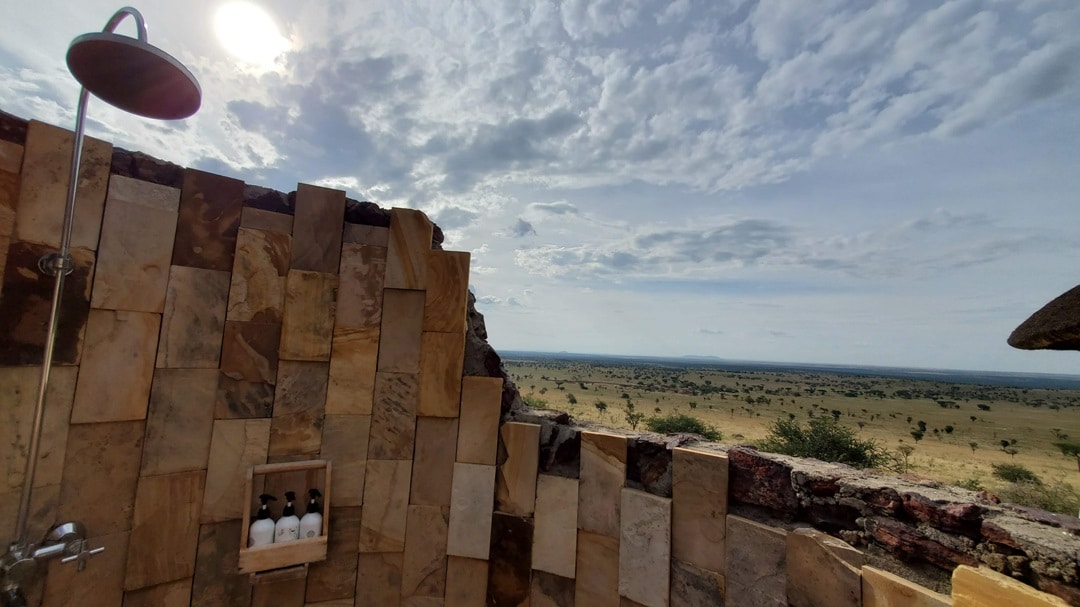
Weather
Tanzania maintains a steady, pleasant climate year-round, making it a viable destination any time. South Africa, with its seasonal shifts, offers warm summers and cooler winters, affecting the best times for wildlife sightings.
I visited Tanzania in February which was a dry season in between two wet seasons. The weather was hot during the day and milder in the evenings. I visited South Africa in April right after the end of the rainy season. I lucked with amazing weather and only a short two hours of rain during my safari.
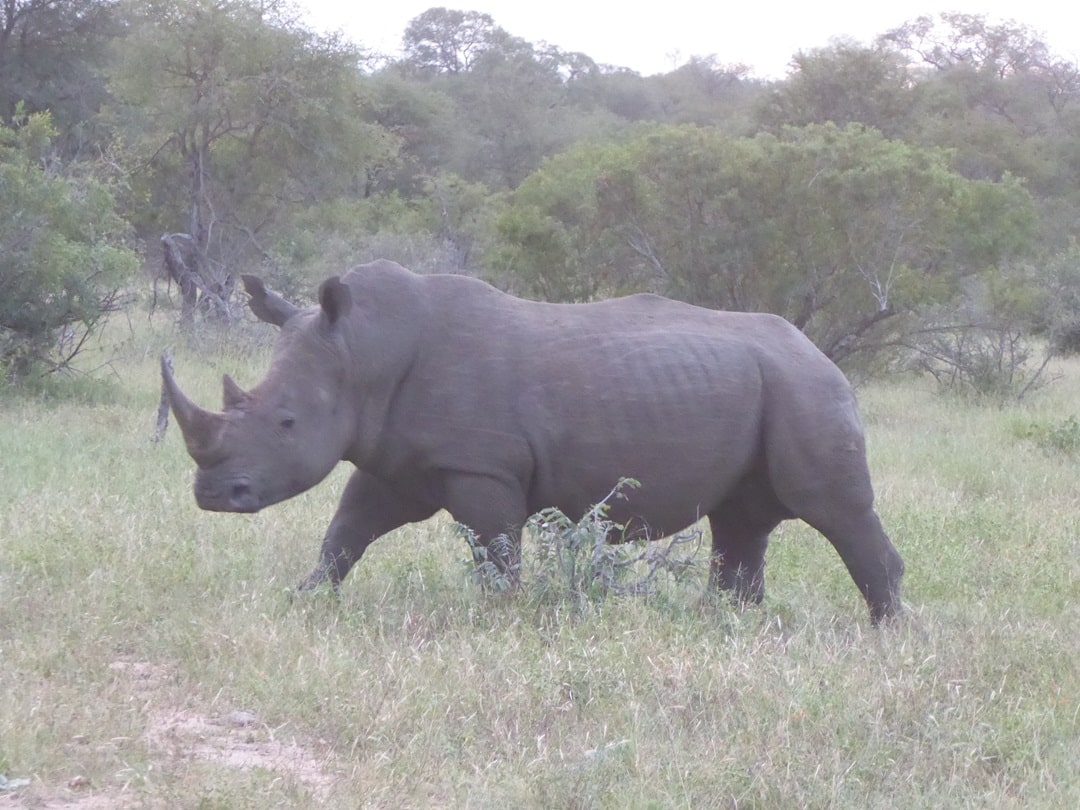
Additional Activities and Experiences
Tanzania offers additional outdoor activities including climbing Kilimanjaro, exploring Arusha or Dar es Salaam, visiting Zanzibar, as well as guided bush walks in some of the national parks. I found that most of the country is focused on wildlife and the outdoors, if that is your preference.
South Africa offers many options including exploring wineries, visiting Cape Town, seeing African penguins in Betty’s Bay or Cape Peninsula. There is definitely a variety of things to do in South Africa to enhance your travel experience.
Accessibility and Logistics
Tanzania and South Africa are both easily accessible via international airports, making them convenient destinations for travelers worldwide. Visa requirements vary, so be sure to check the latest visa requirements before booking your trip. With a range of transportation options available, including guided tours and domestic flights, navigating these safari paradises is a breeze.
Additional Safari Tips
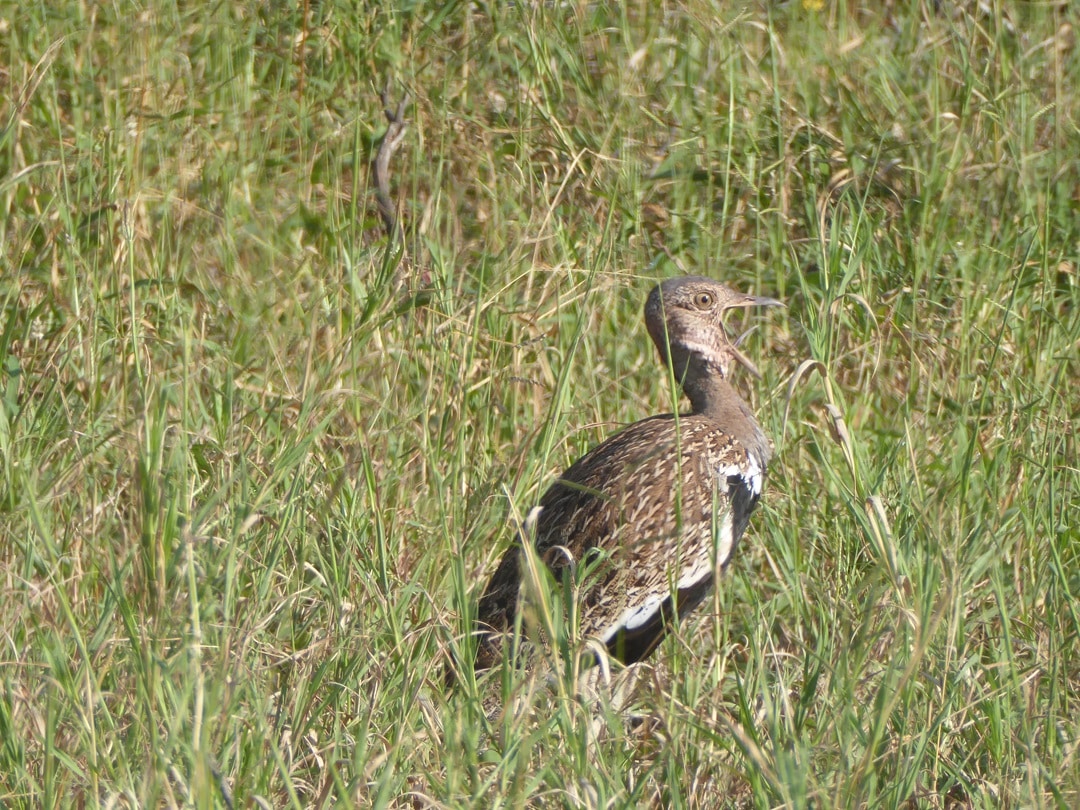
FAQs: South Africa vs Tanzania Safari

My Thoughts
My first safari was in South Africa. It was a much more enticing experience as we had to search to find wildlife. The chase was part of the adventure. I was able to see all of the Big Five – elephants, lions, buffaloes, hippos and rhinos in South Africa. I never saw any cheetahs or wild dogs (though we tried). I appreciated that the number of vehicles were limited at certain sightings.
With the right guides, they will go out of their way to find certain animals. My guides had even stopped the vehicle, and took off on foot for 5 minutes. Then returned and drove us into the bush to find a leopard. That doesn’t happen in Tanzania. Remember that this was also on a game reserve outside of Kruger, so it’s a more personal experience.
In Tanzania, the search for wildlife was much easier. I saw a lot more wildlife, in more condensed areas, even though the plains were so big. Large amounts of elephants, wildebeests, giraffes and even a pride of 15 lions. I saw many cheetahs and ventured to southern Tanzania and was able to find wild dogs. But, the frustrating part was the number of vehicles, and it wasn’t even a peak tourist season. We were often in a long line of vehicles for sightings. It was still amazing but it was quite a different experience than South Africa.
Depending on what type of an experience you are looking for, choosing between Tanzania or South Africa safari will leave a lasting impression either way. I am personally glad that I did South Africa first, to get the true experience of ‘the hunt’ to find wildlife. However, if you are thinking this will be the one and only safari you will ever do, then Tanzania would be the way to go.
I am partnered with CloudSafaris and you can get a discount with your booking of a safari in Tanzania. Visit Cloud Safari Trips page.
Enter the referral code: THEWORLDTRAVELGIRL to receive $100 off your booking
NOTE: You will not be charged right away when booking a safari online. They will be in touch to review details and plans before anything gets confirmed.
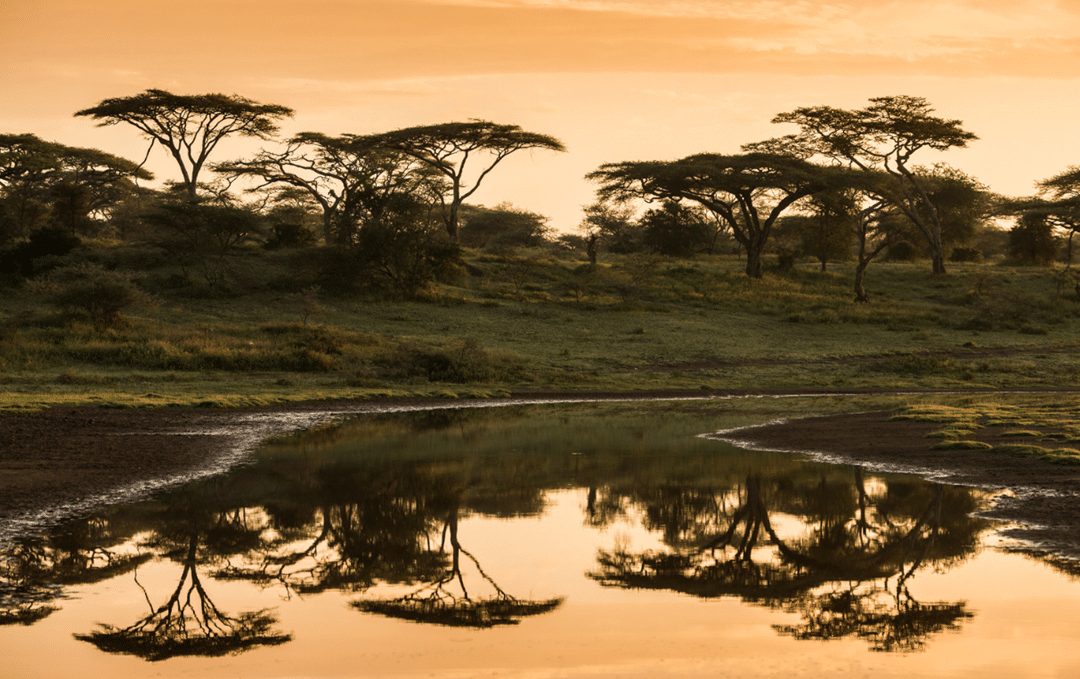
In conclusion, deciding between a South Africa vs Tanzania safari depends on what you value most in a safari experience. For those prioritizing wildlife encounters and the chance to witness the Great Migration, Tanzania emerges as the clear choice.
However, if a blend of safari adventures with luxury accommodations and diverse activities appeals to you, South Africa may be your ideal destination. Regardless of your choice, both Tanzania and South Africa are stellar examples of why they are considered among the best countries for a safari.
If you enjoyed my post, follow me on social media or subscribe to my newsletter below, so you can stay connected on future posts, trips, tips and more.
